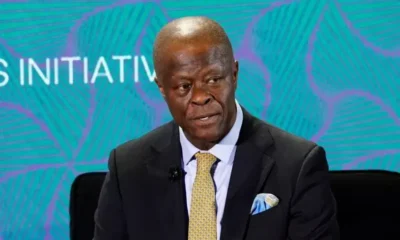Business
How were Donald Trump’s tariffs calculated?
In total, more than 100 countries are covered by the new tariff regime.
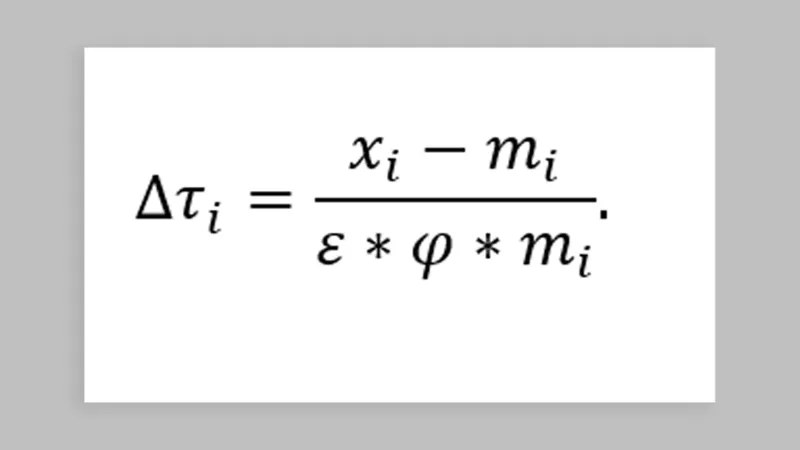
Charts credit: White House/ BBC Verify
US President Donald Trump has imposed a 10% tariff on goods from most countries being imported into the US, with even higher rates for what he calls the ”worst offenders”.
But how exactly were these tariffs – essentially taxes on imports – worked out? BBC Verify has been looking at the calculations behind the numbers.
What were the calculations?
When Trump presented a giant cardboard chart detailing the tariffs in the White House Rose Garden it was initially assumed that the charges were based on a combination of existing tariffs and other trade barriers (like regulations).
But later, the White House published what might look like a complicated mathematical formula.
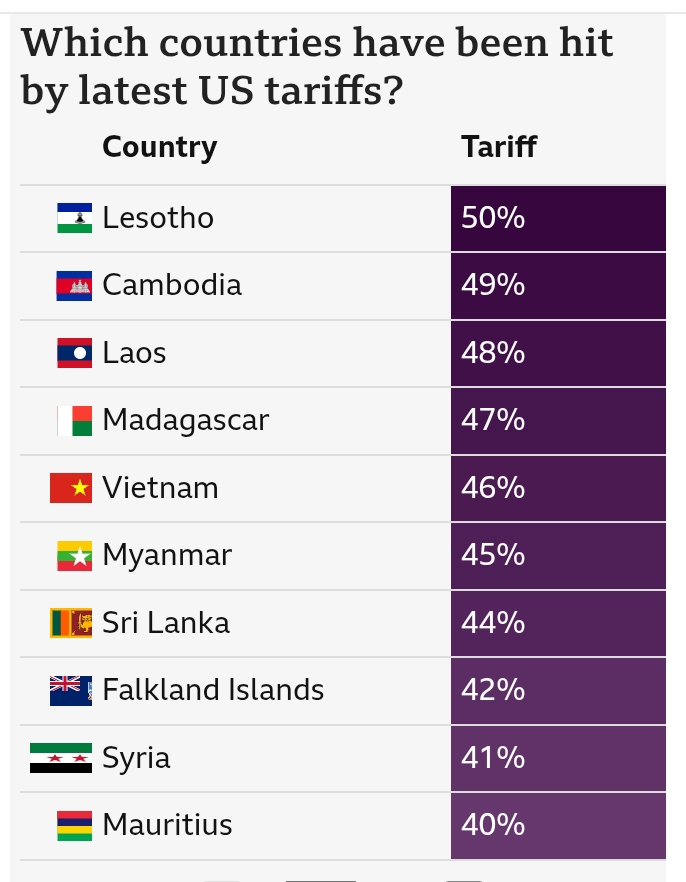
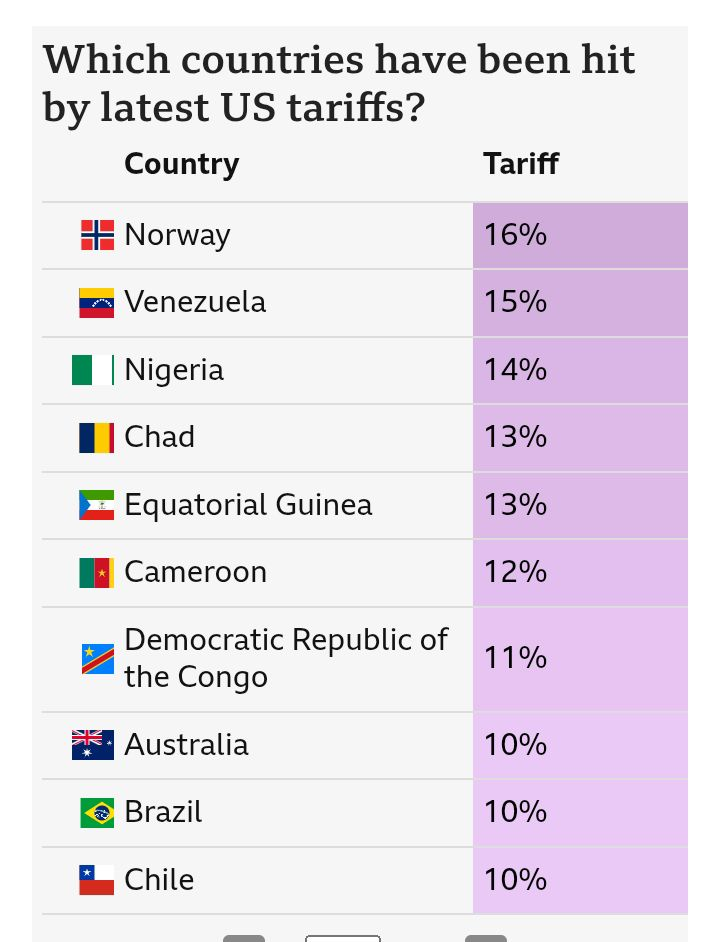
But the actual exercise boiled down to simple maths: take the trade deficit for the US in goods with a particular country, divide that by the total goods imports from that country and then divide that number by two.
A trade deficit occurs when a country buys (imports) more physical products from other countries than it sells (exports) to them.
For example, the US buys more goods from China than it sells to them – there is a goods deficit of $295bn.
The total amount of goods it buys from China is $440bn. Dividing 295 by 440 gets you to 67% and you divide that by two and round up. Therefore the tariff imposed on China is 34%.
Similarly, when it applied to the EU, the White House’s formula resulted in a 20% tariff.
Are the Trump tariffs ‘reciprocal’?
Many commentators have pointed out that these tariffs are not reciprocal.
Reciprocal would mean they were based on what countries already charge the US in the form of existing tariffs, plus non-tariff barriers (things like regulations that drive up costs).
But the White House’s official methodology document makes clear that they have not calculated this for all the countries on which they have imposed tariffs.
Instead the tariff rate was calculated on the basis that it would eliminate the US’s goods trade deficit with each country.
Trump has broken away from the formula in imposing tariffs on countries that buy more goods from the US than they sell to it.
For example the US does not currently run goods trade deficit with the UK. Yet the UK has been hit with a 10% tariff.
In total, more than 100 countries are covered by the new tariff regime.‘
Lots of broader impacts’Trump believes the US is getting a bad deal in global trade.
In his view, other countries flood US markets with cheap goods – which hurts US companies and costs jobs.
At the same time, these countries are putting up barriers that make US products less competitive abroad.So by using tariffs to eliminate trade deficits, Trump hopes to revive US manufacturing and protect jobs.
But will this new tariff regime achieve the desired outcome?
BBC Verify has spoken to a number of economists. The overwhelming view is that while the tariffs might reduce the goods deficit between the US and individual countries, they will not reduce the overall deficit between the US and rest of the world.
“Yes, it will reduce bilateral trade deficits between the US and these countries.
But there will obviously be lots of broader impacts that are not captured in the calculation”, says Professor Jonathan Portes of King’s College, London.
That’s because the US’ existing overall deficit is not driven solely by trade barriers, but by how the US economy works.For one,
Americans spend and invest more than they earn and that gap means the US buys more from the world than it sells. So as long as that continues, the US may continue to keep running a deficit despite increasing tariffs with it global trading partners.
Some trade deficits can also exist for a number of legitimate reasons – not just down to tariffs. For example, buying food that is easier or cheaper to produce in other countries’ climates.
Thomas Sampson of the London School of Economics said: “The formula is reverse engineered to rationalise charging tariffs on countries with which the US has a trade deficit.
There is no economic rationale for doing this and it will cost the global economy dearly.”
Business
Heirs Energies Secures $750 Million Financing from Afreximbank for Expansion
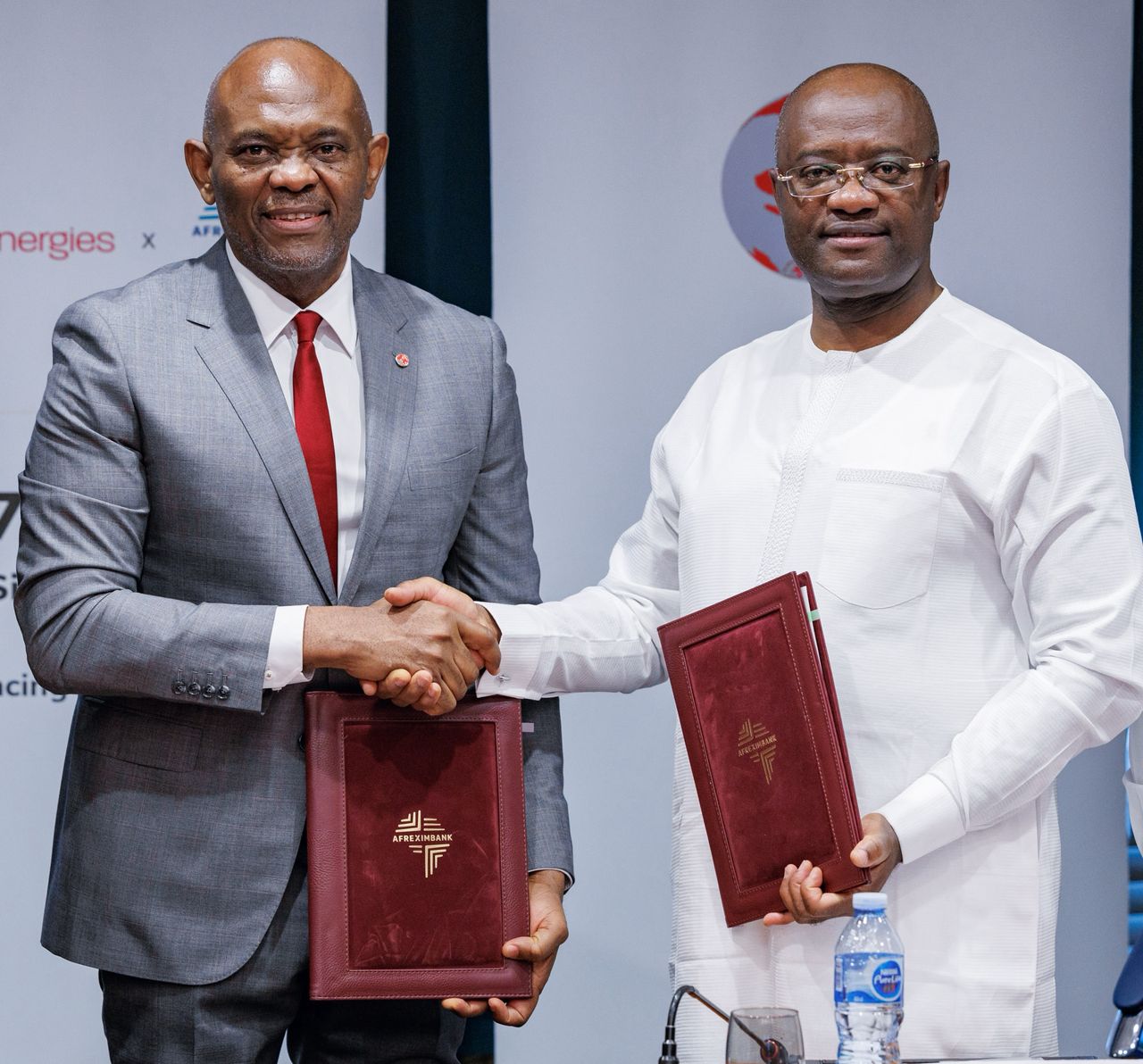
Heirs Energies Limited, Nigeria’s leading indigenous integrated energy company, has secured a $750 million financing facility from the African Export-Import Bank (Afreximbank).
The deal was finalized during a signing ceremony in Abuja on December 20, 2025, attended by Tony O. Elumelu, CFR, Chairman of Heirs Energies, and Dr. George Elombi, President and Chairman of Afreximbank.

This transaction marks one of the largest financings ever obtained by an indigenous African energy firm, underscoring strong confidence in Heirs Energies’ operational track record, governance, brownfield expertise, and future growth potential.
Since taking over operatorship of Oil Mining Lease (OML) 17, Heirs Energies has implemented a rigorous turnaround strategy, emphasizing production recovery, asset integrity, and efficiency gains.
Through targeted interventions and infrastructure upgrades, the company has shifted from acquisition-focused funding to a sustainable capital structure suited to long-term reserve development.
Production has doubled since acquisition, rising from 25,000 barrels of oil per day (bopd) and 50 million standard cubic feet of gas per day (mmscf/d) to more than 50,000 bopd and 120 mmscf/d currently. All gas output is supplied to Nigeria’s domestic market, playing a key role in supporting national power generation.
The company has also overhauled community engagement and upheld top-tier health and safety standards.
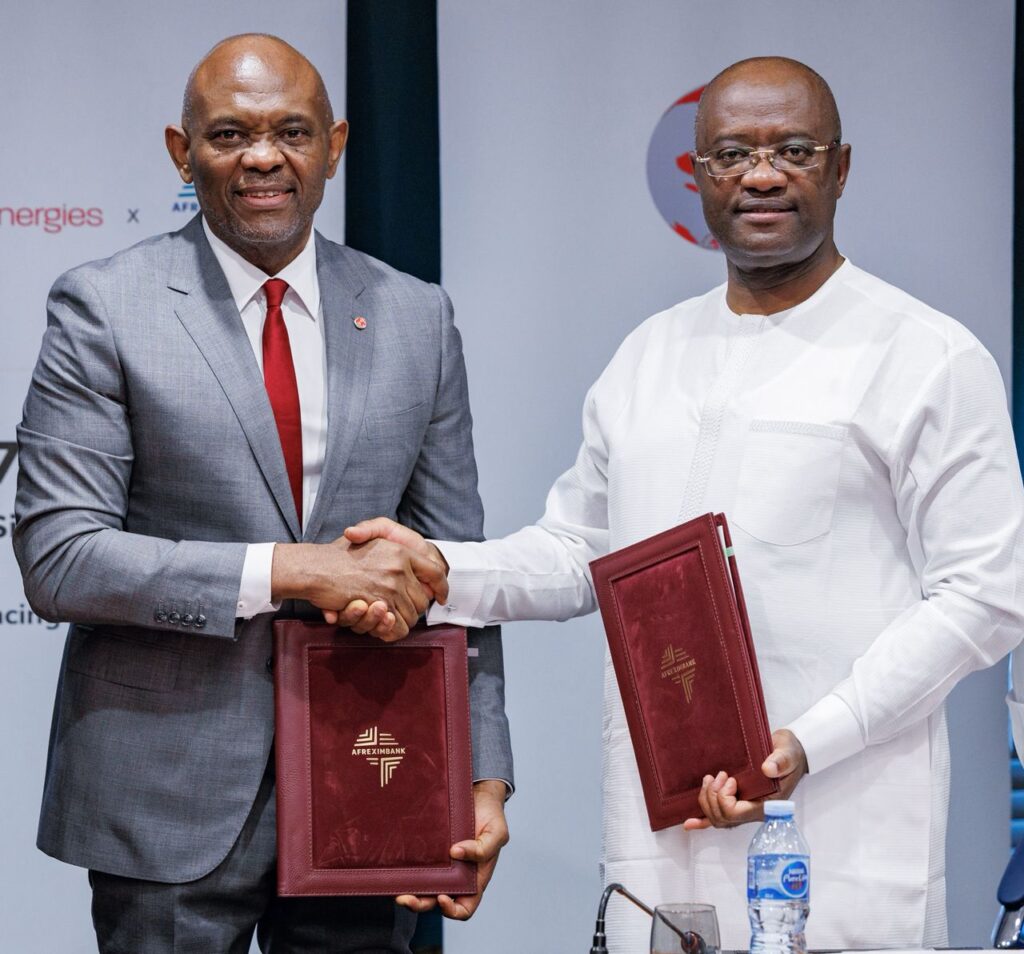
The new Afreximbank facility will fund accelerated field development, production optimization, and strategic growth initiatives, all while adhering to strict capital discipline.Tony O. Elumelu, CFR, Chairman of Heirs Energies, commented: “This transaction is a powerful affirmation of what African enterprise can achieve when backed by disciplined execution and long-term African capital.
It reflects the successful journey Heirs Energies has taken—from turnaround to growth—and reinforces our belief in African capital working for African businesses. This is Africa financing Africa’s future.
”Dr. George Elombi, President and Chairman of Afreximbank, added: “Afreximbank is proud to support Heirs Energies at this pivotal stage of its growth.
This financing reflects our confidence in the company’s leadership, governance, and asset base, and aligns with our mandate to support African champions driving sustainable economic transformation across the continent.
”The deal highlights Afreximbank’s commitment to empowering indigenous operators capable of advancing energy security, sustainable development, and economic value throughout Africa.
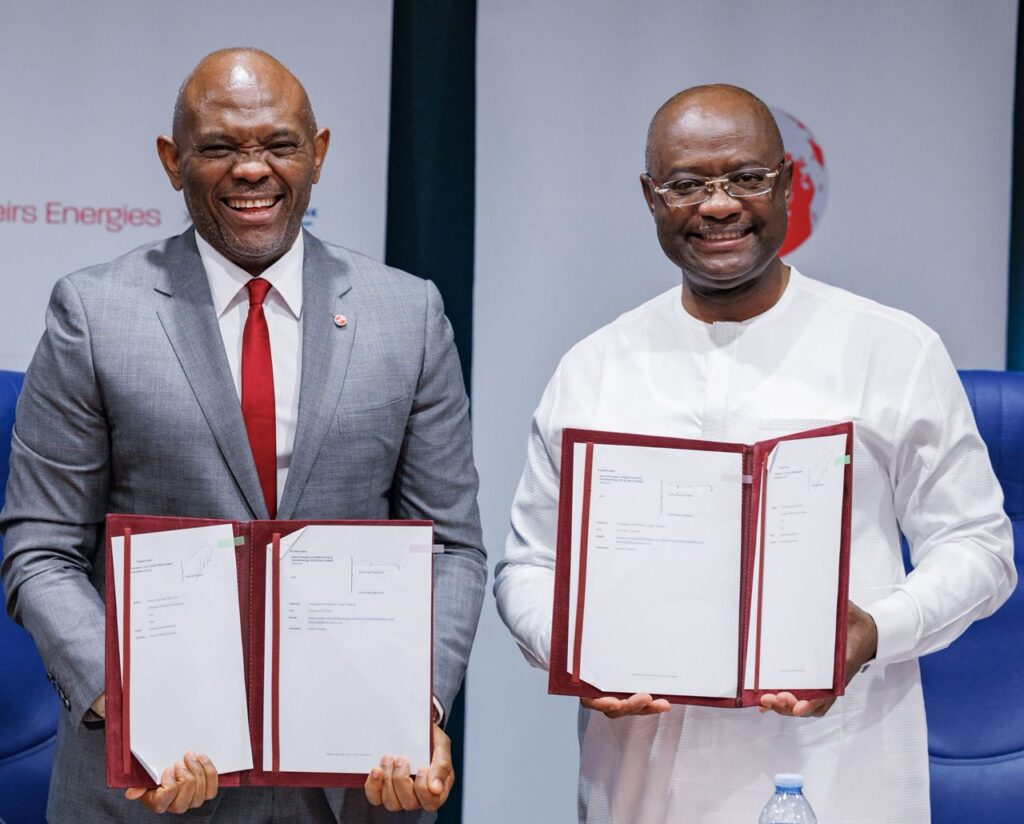
With this funding in place, Heirs Energies is well-positioned for its next growth phase, prioritizing operational excellence, responsible resource management, and lasting stakeholder value.
Heirs Energies Limited is Africa’s leading indigenous-owned integrated energy company, dedicated to addressing the continent’s energy demands while advancing global sustainability objectives. It emphasizes innovation, environmental stewardship, and community development in the evolving energy sector.
The African Export-Import Bank (Afreximbank) is a Pan-African multilateral institution focused on financing and promoting intra- and extra-African trade, supporting industrialization, trade growth, and economic transformation.
Business
Dangote: A Dogged and Fierce Fighter for Local Industries Survival
Nigeria aims to reduce reliance on imported refined fuels by 2024/2025, transitioning to self- sufficiency through the Dangote Refinery and rehabilitated refineries in Port Harcourt, Warri, and Kaduna, with plans to become a net exporter.
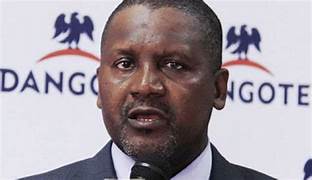
By OCHEFA
Africa’s billionaire Aliko Dangote, an astute industrialist, is always attentive to the environment around him, embodying the idiom” ears to the ground.
His investments in Nigeria and the other African countries span cement, sugar, petrochemicals, fertilisers and his latest venture, a $20 billion petroleum refinery in the Lekki free trade zone in Lagos.Six months ago, Dangote stepped down as the Chairman of the Dangote Group’s Board on July 25, 2025.
Anthony Chiejina, the Group’s Chief of Branding and Communications, explained that this move allows Dangote to focus more on the refinery, petrochemicals, Fertiliser, and government relations, to elevate the company’s five- year plan to new heights.
Subsequently, Emmanuel Ikazoboh, an independent non- executive director, was appointed Chairman of Dangote Cement Plc.
With his keen awareness of global and local oil and gas developments, Dangote closely monitors issues affecting his refinery’s operations.
He relies on a team of experts to keep him informed, and he responds fiercely against policies threatening his interests.
A current example is his public dispute with Farouk Ahmed, CEO of the Nigerian Midstream and Downstream Petroleum Regulatory Authority (NMDPRA).
With his keen awareness of global and local oil and gas developments, Dangote closely monitors issues affecting his refinery’s operations.
Recently, Dangote accused NMDPRA of economic sabotage, criticising its continued issuance of import licences for petroleum products- licenses totalling approximately 7. 5 billion litres of PMS for early 2026- despite Nigeria’s growing refining capacity.
He claimed this undermines local refining, sustains Nigeria’s dependence on fuel imports, and discourages local investments.
Dangote also alleged collusion between NMDPRA and international traders, which the regulator has denied.
Nigeria aims to reduce reliance on imported refined fuels by 2024/2025, transitioning to self- sufficiency through the Dangote Refinery and rehabilitated refineries in Port Harcourt, Warri, and Kaduna, with plans to become a net exporter.
Policies like a proposed 15% duty aim to make imports more expensive and accelerate this transition.
Dangote insists that he seeks accountability, not removal, calling for an investigation into NMDPRA’ s actions.
Following Dangote’s accusations,Ahmed resigned, acknowledging awareness of allegations against him and his family, which have attracted public attention.
He stated he avoided public disputes due to the sensitive nature of his regulatory role but welcomed a formal investigation to clear his name.
President Tinubu then asked the Senate to approve new CEOS for NMDPRA and NUPRC- Engineer Saidu Aliyu Mohammed and Oritsemeyiwa Amanorisewo Eyesan, respectively.
Business
President Tinubu to present 2026 budget to N/Assembly Friday
The 2026 budget is projected at N54.4 trillion, according to the approved 2026–2028 Medium-Term Expenditure Framework (MTEF) and Fiscal Strategy Paper (FSP).

President Bola Ahmed Tinubu will, on Friday, present the 2026 Appropriation Bill to a joint session of the National Assembly.
The presentation, scheduled for 2:00 pm, was conveyed in a notice issued by the Office of the Clerk to the National Assembly.
According to the notice, all accredited persons are required to be at their duty posts by 11:00 am on the day of the presentation, as access into the National Assembly Complex will be restricted thereafter for security reasons.
The notice, signed by the Secretary, Human Resources and Staff Development, Essien Eyo Essien, on behalf of the Clerk to the National Assembly, urged all concerned to ensure strict compliance with the arrangements ahead of the President’s budget presentation.
The 2026 budget is projected at N54.4 trillion, according to the approved 2026–2028 Medium-Term Expenditure Framework (MTEF) and Fiscal Strategy Paper (FSP).
-

 Sports3 days ago
Sports3 days agoAFCON to be held every four years after 2028 – Motsepe
-

 Crime2 days ago
Crime2 days agoBREAKING: Nigeria Secures Release of Last 130 Abducted Pupils in Niger State; None Remain in Bandit Captivity
-

 Sports1 day ago
Sports1 day agoAFCON 2025: Davido bets N36million on Nigeria vs Tanzania
-
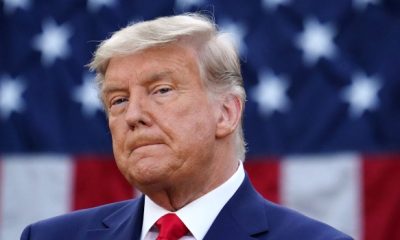
 News3 days ago
News3 days agoUS stops Nigerians, others from applying for green card, citizenship
-

 Entertainment3 days ago
Entertainment3 days agoGrammys to honour Fela with special merit award
-

 News1 day ago
News1 day agoTinubu Hails DSS DG Ajayi for Championing Press Freedom in IPI Award Recognition
-

 News3 days ago
News3 days agoSanwo-Olu hails Kolade-Otitoju on TVC’s appointment as News Director,
-
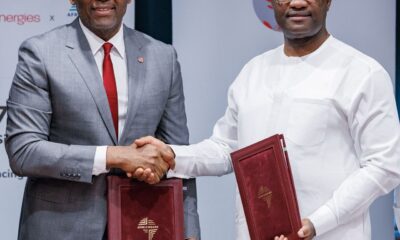
 Business2 days ago
Business2 days agoHeirs Energies Secures $750 Million Financing from Afreximbank for Expansion

